"Blue River" and other AI April Foolery
In which we start with "Blue River," a 1927 popular song by Joseph Meyer and Alfred Bryan.
Bryan Wright, who owns and operates the (very) independent jazz label Rivermont Records, is best known as a grass roots music biz entrepreneur, but in other guises, he’s a musician, composer, historian and, in this one instance at least, a practiced prankster. This past April 1st, he posted what he claimed to be a newly-discovered alternate take of a classic track by Bix Beiderbecke and Frank Trumbauer, the 1927 “Blue River.” The most remarkable aspect of this “alternate” is that while the original featured a vocal chorus by Seger Ellis, the new take was purely an instrumental, and featured a whole other chorus by Beiderbecke where the vocal originally was.
Naturally enough, the tight and very specific classic jazz community briefly freaked out over this discovery - any new Bix is a very big deal - but Bryan quickly revealed that the “alternate” was not an actual alternate, but a new “edit” (if that’s the right word) of the familiar take in which he isolated and then removed the vocal, making it possible to hear what Bix was playing in the background. As Bryan puts it:
A quick word about these AI “mashups” of mine: these are NOT examples of generative AI. I simply used AI tools to isolate and extract parts of recordings, then used audio editors to manipulate pitch, speed, EQ, etc., and mix together the different recordings.
In “Blue River,” I simply used an AI tool to extract Seger Ellis’s vocal, revealing the background beneath. Depending on the version you have, I also did some minor timeline editing and other tweaks in a spectrogram editor to manually change a few notes to give the illusion of an “alternative take” (since I prepared it as an April Fool’s joke… a supposed new discovery of a previously unknown instrumental take).
As Bryan indicates, he was less interested in deception or April Foolery than he was in demonstrating the usefulness of AI to scholars. In this case, although his version of “Blue River” was not a true alternate, it doesn’t matter, since it did indeed result in what amounted to a “new” solo by Bix, one which trumpeters around the world are already memorizing.
As Bryan puts it:
My intention with "Blue River" really was twofold: (1) To have a bit of April Fool's fun, yes! (I'm not above a good April Fool's joke!) and (2) to demonstrate some of what is now possible with AI tools. These "mashups" of mine are more like "proof of concept" pieces than really polished works. Someone with more skill, time, and patience could probably produce things that are much slicker and in better sound quality. I limited myself to about 1-2 hours of work on each. In the meantime, in the months since I made these, the AI tools for extracting voice have gotten even better.
Here’s the original take, followed by Bryan’s version:
(By the way, none of this should be taken as a dig against Seger Ellis, who was certainly one of the better vocalists that turns up on classic jazz recordings of the era. In honor of Ellis, I asked Bryan to do the trick in reverse: to give us the Seger Ellis vocal a capella, without the rest of the orchestra.)
Bryan has performed two other “manipulations” I wanted to share here, and they both involved combining two vintage recordings, or, more specifically, stripping in a vocal from one historical track into the instrumental background of another.
The 1939 “On a Little Street in Singapore,” by Peter “Deep Purple” DeRose and Billy “The Glory of Love” Hill, is a song we all love - especially from the classic Harry James - Frank Sinatra version. It was also recorded by Glenn Miller and his Orchestra with a vocal by Ray Eberle, and in a solo vocal version by one of the all-time great crooners and band singers, Buddy Clark. The ensemble backing on Clark’s version is tinny and thin, and, as a singer, Clark is certainly an improvement over Eberle (no offense). Here’s a case where Bryan gives us the best of both worlds - or at least both discs - by combining Buddy Clark with Glenn Miller. First we’ll hear the original Glenn Miller, and then a rather scratchy copy of the original by Buddy Clark (on Eli Oberstein’s Varsity label) and then the new “collage” version.
The mashup of Elvis Presley and Blue Barron also counts as a work of pop music scholarship. I’m about to do a whole story about the history this song, but to summarize: “Are You Lonesome Tonight” was written and first recorded in 1926. The song enjoyed a brief revival in 1950 when it was recorded by the legendary Al Jolson, on one of his final sessions, as well as by the opposite-of-legendary Mickey Mouse band led by Blue Barron. Bryan’s track clearly illustrates how Elvis based his iconic 1960 version on both of these recordings.
Here’s the Blue Barron original, followed by the Presley-Barron mashup:
Here’s Bryan again:
For both “Street in Singapore” and “Are You Lonesome Tonight,” the process was the same: I used the same AI tool to separate the vocals from the instruments. So, from Blue Barron’s Orchestra, I isolated and removed Bobby Beers’s vocal, leaving an instrumental backing track. Then I took Elvis’s recording and stripped away the backing instruments leaving just Elvis’s vocal. I had to re-pitch the Blue Barron instrumental track up a half-step to match Elvis’s key and time stretch it just a bit to match Elvis’s tempo. Then I performed a little timeline editing on Elvis’s vocal so that his phrasing and delivery matched Blue Barron’s. A little EQ tweaking and mixing and — voilà — Elvis meets Blue Barron. The process for “Street in Singapore” was exactly the same (but take Ray Eberle away from Glenn Miller and add in Buddy Clark).
And finally:
I like your use of the word "collage." That's really what these are... sound collages. I did not use AI to create anything new. (A lot of people hear "AI" and think "generative AI" -- meaning the AI is pulling together lots of inputs to synthesize something new.) In my case, AI provided the equivalent of a trained X-acto knife, able to "snip out" portions of the audio with surgical precision so that they can be simply isolated or re-combined like the carefully-cut images in a collage.
The Buddy Clark, Seger Ellis, and Elvis/Blue Barron things were fun, early-effort "test runs" of what is currently possible. On the one hand, it's fascinating to think what doors this technology can open in the restoration and "remixing" of historic recordings. On the other hand, it also opens us to a whole new world of tampering by pros and amateurs alike that could (and probably will) very soon lead to an absolute glut of manipulated junk that will make it exponentially more difficult to know what is real and what's not. We won't be able to trust our ears any more. Maybe that's one reason I'm not inclined to let go of my 78 collection. As long as I have the original discs, I know that I'm hearing the real thing.
Coming soon: a deeper dive into “Blue River” and how it influenced “Moon River” nearly 35 years later, as well as a history of “Are You Lonesome Tonight.”
Very Special thanks to the fabulous Ms. Elizabeth Zimmer, for expert proofreading of this page, and scanning for typos, mistakes, and other assorted boo-boos!
TWO HIGHLY-RECOMMENDED FORTHCOMING EVENTS AT THE TRIAD ON SUNDAY OCTOBER 27
Private Event for SLOUCHING TOWARDS BIRDLAND subscribers!
(please RSVP me at wfriedwald@gmail.com)
Sunday October 27 - doors open @ 7:30PM, film to start at appx 8:00PM
The Triad Theater &
Will Friedwald's CLIP JOINT present
LIKE TOTALLY TOGA-LICIOUS!
THE BIG HALLOWEEN 2024 TOGA PARTY
featuring a screening of RICHARD LESTER's great 1966 film version of STEPHEN SONDHEIM'S classic Broadway musical, A FUNNY THING HAPPENED ON THE WAY TO THE FORUM
starring ZERO MOSTEL, JACK GILFORD, MICHAEL CRAWFORD, PHIL SILVERS, & BUSTER KEATON
plus a mini Clip Joint Broadway mixtape of classic FORUM numbers from vintage 1960s variety shows.
no cover - but we will ask everyone to kick in a little $ (on a volunteer basis) to pay the projectionist
drinks available & encouraged (cash bar)
Proper ANCIENT ROMAN / TOGA attire recommended!
A matinee screening of the Twilight Zone episode “A Stop at Willoughby” (creator Rod Serling’s favorite episode) and the 1968 cult film The Swimmer (starring Burt Lancaster, based on John Cheever’s greatest short story) is at The Triad Theater, a cabaret-sized upstairs room on West 72nd street, sporting a brand new 4k projection system with 12.3 surround sound, on Sunday, October 27 at 2:00PM (note updated date & time) : for more info bit.ly/3MUMQ5k
Read Arlen’s article about “The Twilight Zone and The Swimmer”: bit.ly/47y8sxY
Sing! Sing! Sing! : My tagline is, “Celebrating the great jazz - and jazz-adjacent - singers, as well as the composers, lyricists, arrangers, soloists, and sidemen, who help to make them great.”
A production of KSDS heard Saturdays at 10:00 AM Pacific; 1:00PM Eastern.
To listen to KSDS via the internet (current and recent shows are available for streaming.) click here.
The whole series is also listenable on Podbean.com; click here.
SING! SING! SING!
October 5: The BOBBY SHORT Centennial “Afro-Centric”
download: <or> play online:
SLOUCHING TOWARDS BIRDLAND is a subStack newsletter by Will Friedwald. The best way to support my work is with a paid subscription, for which I am asking either $5 a month or $50 per year. Thank you for considering. (Thanks as always to Beth Naji & Arlen Schumer for special graphics.) Word up, peace out, go forth and sin no more! (And always remember: “A man is born, but he’s no good no how, without a song.”)
Note to friends: a lot of you respond to my SubStack posts here directly to me via eMail. It’s actually a lot more beneficial to me if you go to the SubStack web page and put your responses down as a “comment.” This helps me “drive traffic” and all that other social media stuff. If you look a tiny bit down from this text, you will see three buttons, one of which is “comment.” Just hit that one, hey. Thanks!
Slouching Towards Birdland (Will Friedwald's SubStack) is a reader-supported publication. To receive new posts and support my work, consider becoming a free or paid subscriber.

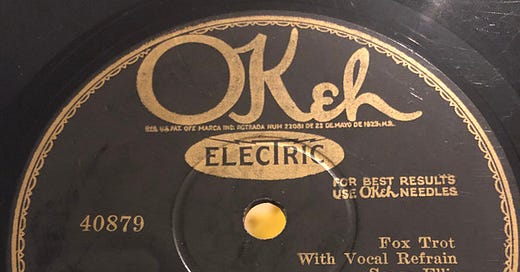



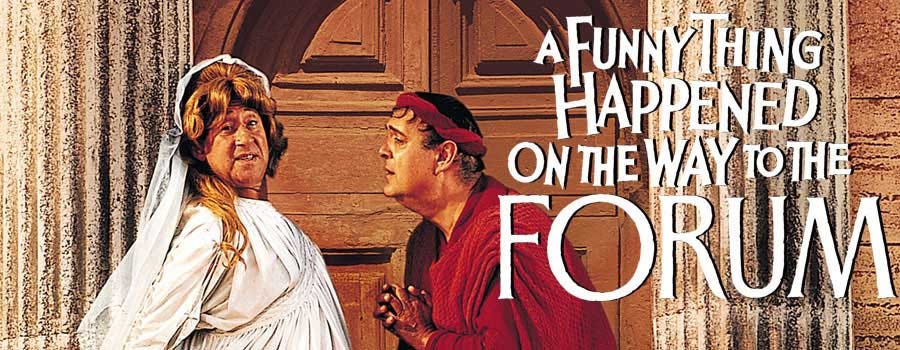
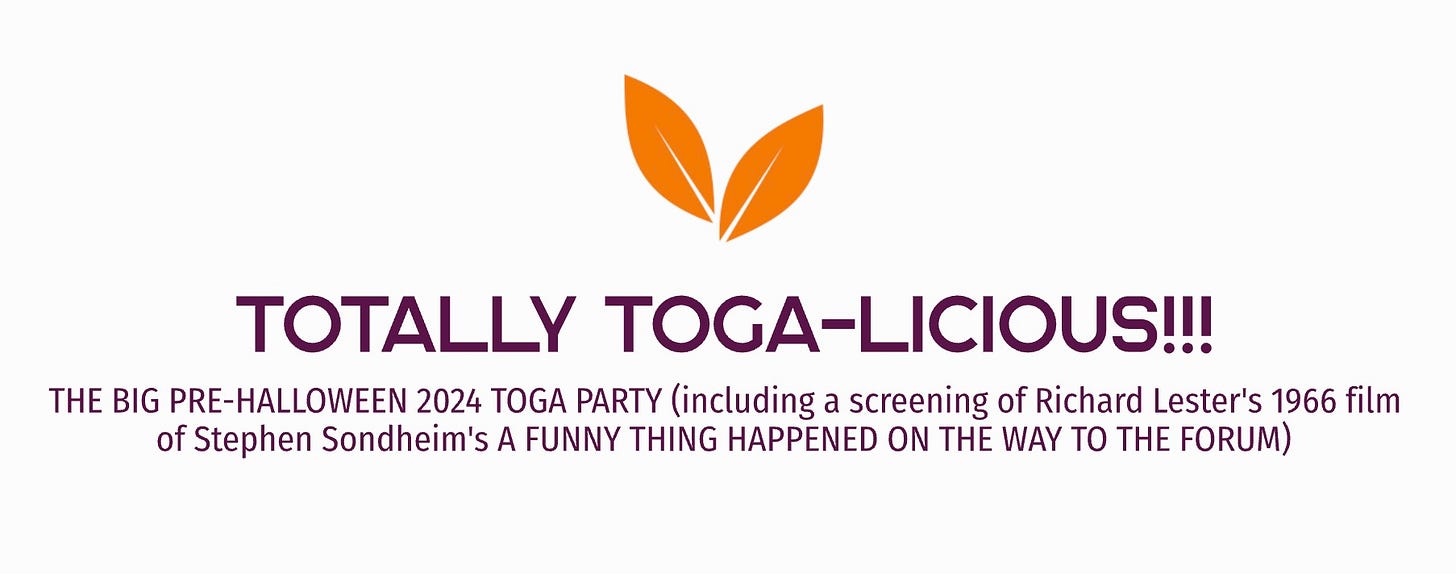
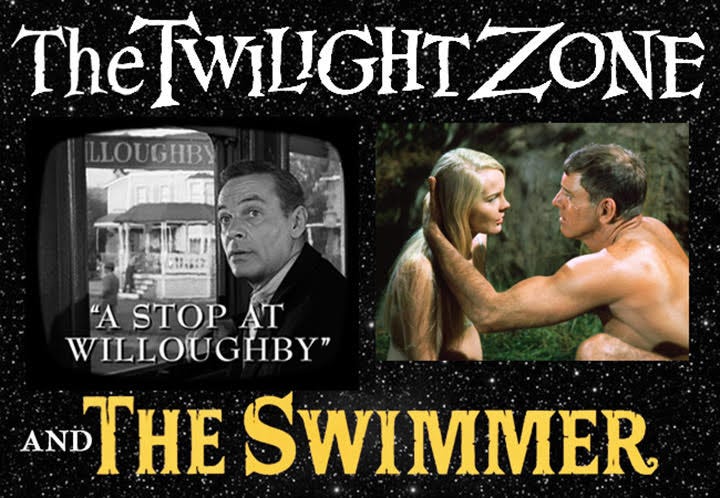
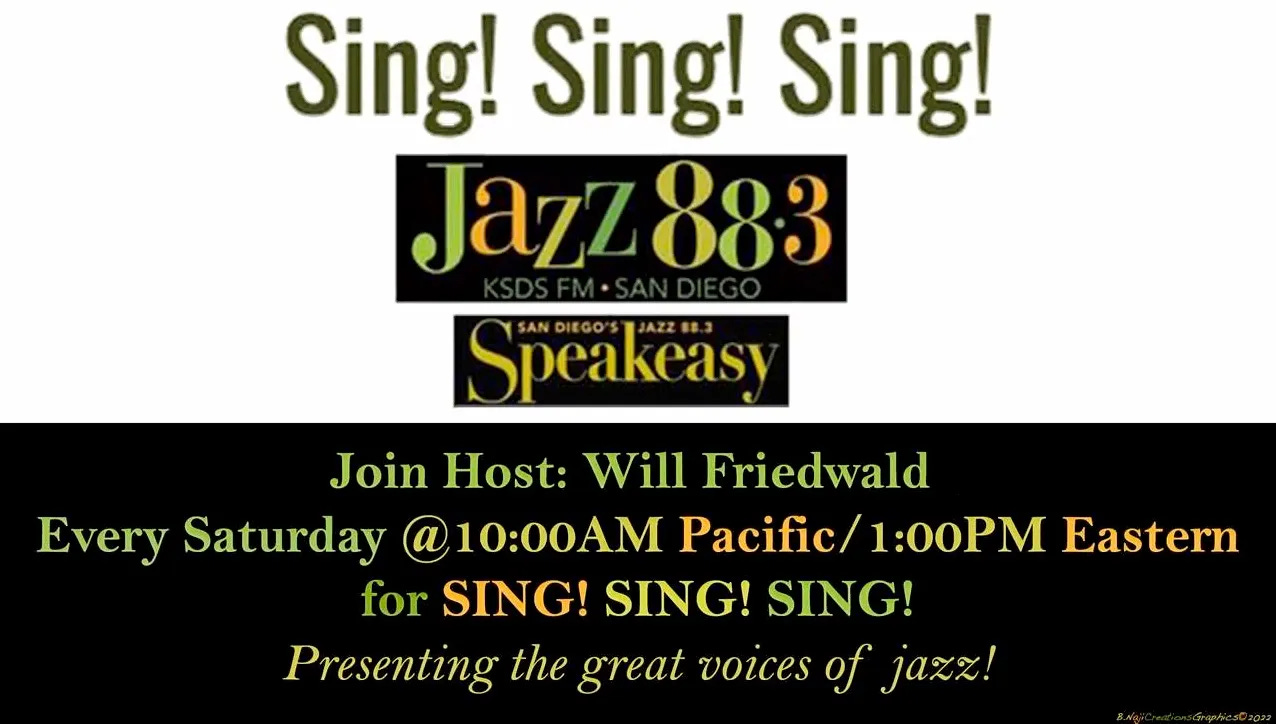
The whole notion of removing “distractions” is the path Adobe has been taking with Photoshop and Lightroom - select an area or object and click to essentially remove the object and recreate what was missing. For example, with their latest updates coming , move distractions like “wires and cables” or “people”. As an aside, the Soviets have used this technique many times in pictures that has included enemies of the state.
This reminds me of something I've wondered about for decades: on recordings by, say, Caruso, we know what the orchestras should sound like with full audio range, so would it be possible to calculate what's missing, add that to the orchestra and the equivalent sounds to his singing. In other words, if the band is playing A, B, C, E, F, H, and J, and we know D, G, and I should be there (and are missing from the vocal), can we plug those sounds in electronically and actually hear what Caruso or Billy Murray or The Peerless Quartet actually sounded like live?